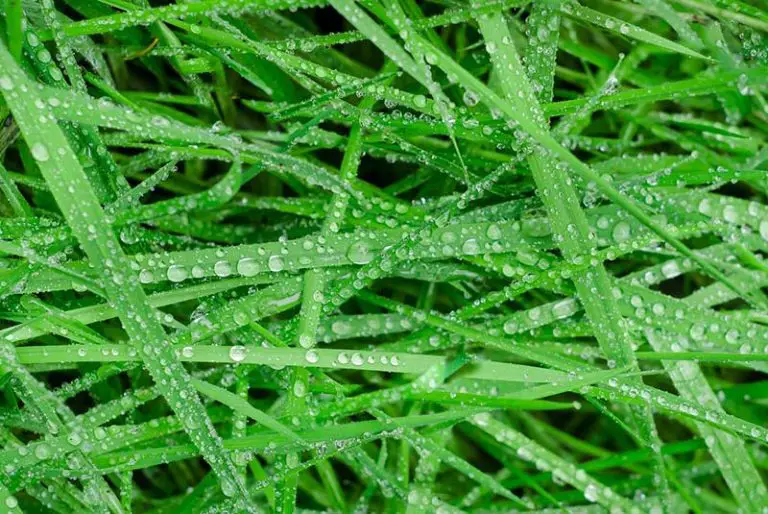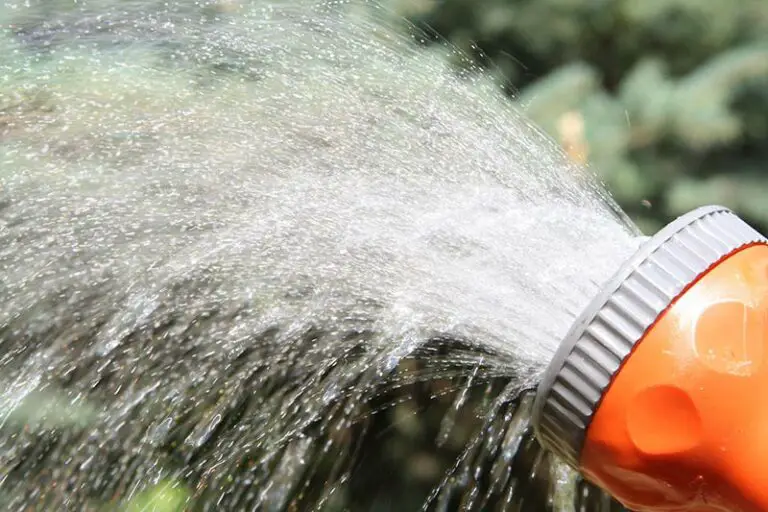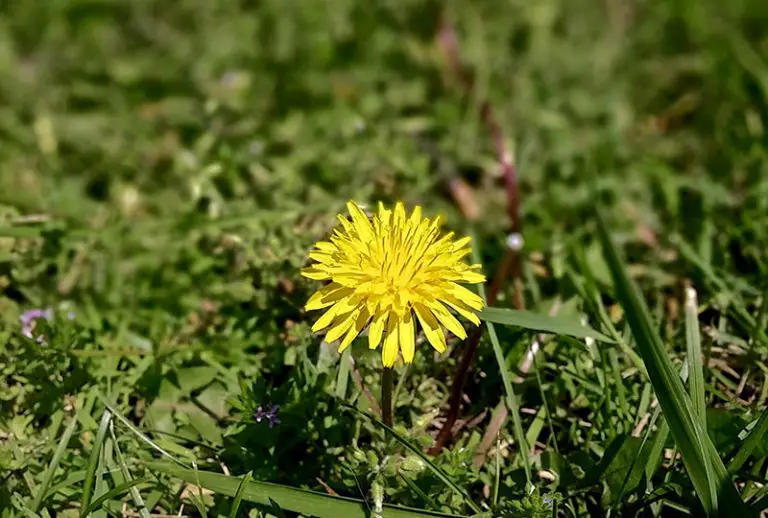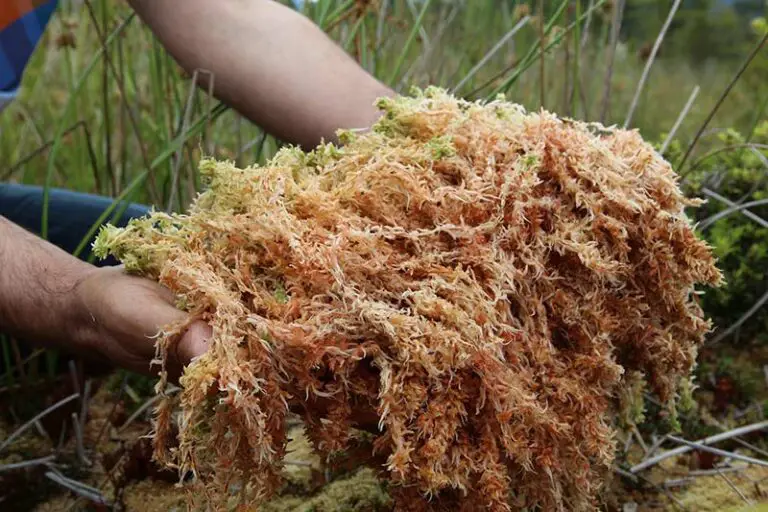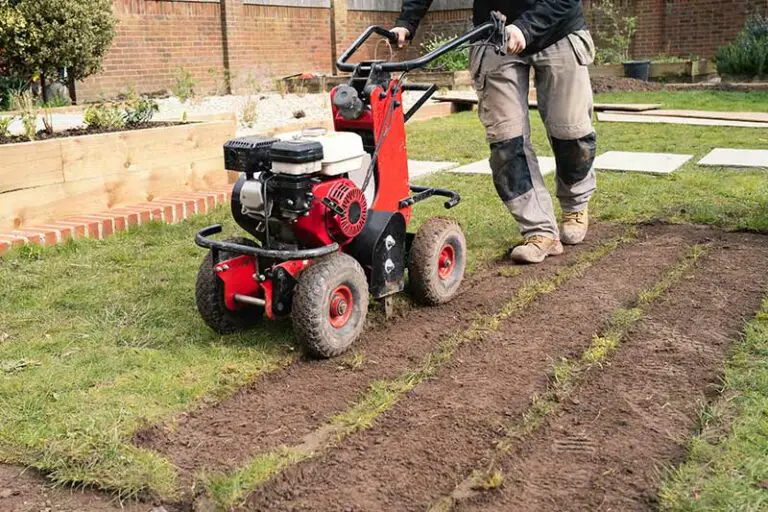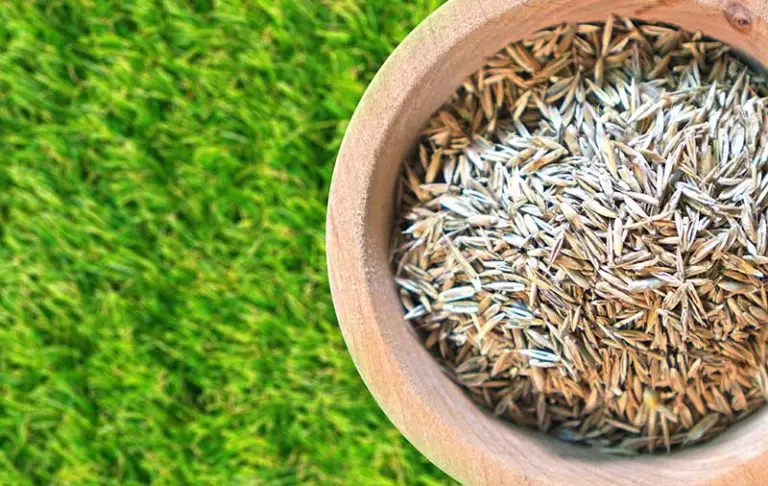The Best Time to Plant Grass Seed in Ohio: A Complete Guide
The best time to plant grass seed in Ohio is during the late summer to early fall. For successful germination, cool-season grasses require consistent soil temperatures between 55°F to 60°F. There must also be enough time between seeding and the first frost of winter. In Ohio, the weather typically supports these conditions around late August to early September.
What Type of Grass Grows Best in Ohio?
All grasses can be one of two types; species are either classified as cool-season grass or warm-season grass. Due to its typical climate and weather conditions, the best type of grass for Ohio is cool-season grass.
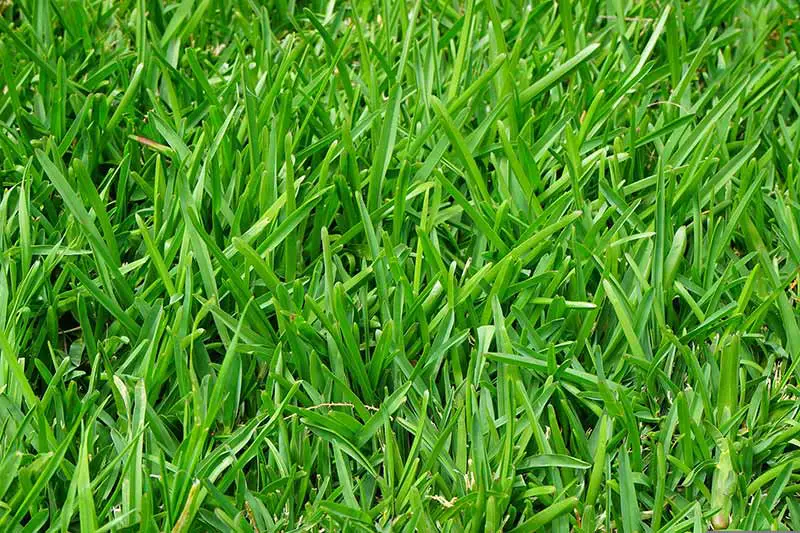
As the names suggest, the two different grass types thrive under different conditions. The active growth period for warm-season grasses is from the late spring throughout summer; cool-season grasses instead grow most actively during the spring and fall. While warm-season grasses grow best in the warm southern regions of the US, cool-season grasses are better suited to the cooler northern states. Therefore, being a northern state, the best type of grass for Ohio lawns is a cool-season variety.
Cool-season grasses germinate and grow best in soil temperatures of 50°F to 60°F; this temperature range corresponds with the typical temperatures in Ohio during the spring and fall. While cool-season grasses are able to stay green throughout the winter, they turn brown and enter a state of dormancy over the summer months. Because of this growth habit, cool-season grass is the best choice when seeding a new lawn in Ohio.
What is the Best Grass Seed for Ohio?
The best grass seed for Ohio is a cool-season grass type such as Kentucky bluegrass, perennial ryegrass, fine fescue, or tall fescue. These cool-season grasses will see the best growth in Ohio and the typical weather conditions in this state.
1. Perennial Ryegrass
Perennial ryegrass is a fast-growing grass that can germinate in as little as 3 to 5 days. The fine blades of perennial ryegrass make it a soft grass type that feels great underfoot. It has excellent resistance to both extreme heat and cold, and will be tolerant to periods of drought. Due to this grass’ speedy germination time, it’s often planted alongside a slower-growing species like Kentucky bluegrass.
2. Fine Fescue
Fine fescue is another option for a fast-growing grass to plant in Ohio, typically germinating in 5 to 7 days. Again, this grass has fine blades that give it a soft texture and lush appearance. Although fine fescue isn’t the best grass for high traffic, it is one of the most shade-tolerant grass varieties. Fine fescue is often used in seed blends with other varieties to create a thick lawn that grows well even in shaded areas; it will also form a lush shade-tolerant lawn if planted alone.
3. Tall Fescue
Tall fescue takes a bit longer to grow, germinating in about 10 to 14 days after planting. The blades of tall fescue are wide, giving it a coarser texture than the other grass types. This grass boasts the best drought and heat tolerance, having the ability to stay green over summer with sufficient care; this property makes tall fescue a good choice for those planting grass seed in southern Ohio.
4. Kentucky Bluegrass
Kentucky bluegrass takes the longest time to germinate at 10 to 21 days or longer. While it may take up to 6 months to thicken up, this grass will create a high-quality, fine textured lawn when fully established. Kentucky bluegrass has little shade tolerance, preferring full sunlight; you can counteract this issue by planting KBG in a blend with a more shade-tolerant variety like fine fescue. This grass is ideal if you’re planting grass seed in northern Ohio as it will hold up well even in freezing temperatures.
When is the Best Time to Plant Grass Seed in Ohio?
Generally speaking, the best time to plant grass seed in Ohio is at some point during the late summer to early fall. If you miss the window for fall seeding, you can alternatively dormant seed your lawn, or wait until the last frost thaws in spring. With that in mind, the best time to seed will ultimately depend on whether you live in the northern, central, or southern part of Ohio.
- Northern Ohio – The best time to plant grass seed in the northern parts of Ohio is between August 15th and September 15th. Planting during this period will encourage a fast germination; it will also give the new grass seedlings enough time to establish roots before the first frost of winter in this region.
- Central Ohio – The best time to plant grass seed in central Ohio is at any point from September to mid-October. Central Ohio includes counties like Delaware, Franklin, Pickaway, and Licking.
- Southern Ohio – The best time to plant grass seed in the south of Ohio is during September to mid-October. If temperatures are still warm enough, it’s also possible to plant up until the end of October for southern-Ohio lawns.
Regardless of where you live, you can judge when the best time to seed would be based on soil and air temperatures. The ideal growing conditions for cool-season grass seed are soil temperatures of 55 to 65°F and air temperatures between 60 and 75°F. When the weather in your part of Ohio sustains these constant temperatures, you can confidently plant your grass seed.
When is it Too Late to Plant Grass Seed in Ohio?
It will be too late to plant grass seed in Ohio once consistent temperatures drop below 50°F and the first frost is less than 4 weeks away; in Ohio, this means it won’t be possible to grow grass from mid-October onwards.
After this point in the season, temperatures will be too low in Ohio to sustain grass seed germination. The new grass won’t have enough time to establish deep roots before the first winter frost. If you want to see growth before winter, you must therefore seed your lawn before conditions get too cold.
This isn’t to say that you can’t seed your lawn beyond this point. If you missed the window for fall seeding, you can instead use a method called dormant seeding to get new grass the following spring. We further explain dormant seeding in the next section.
Consider Dormant Seeding in Ohio
Dormant seeding is a planting technique that involves seeding in the fall or winter once consistent soil temperatures drop below 50°F. These temperatures are too low to trigger the germination of the grass seed. Instead, the seed will lay dormant until the following spring, germinating as soon as conditions become favorable for growth again.
There are several key benefits of dormant seeding to consider when deciding whether it’s a suitable method for your new lawn. The main advantage is the ability to get ahead of the following growing season; with the seed already in place, germination will begin as soon as the external conditions support it. You’ll see the early greening of your new lawn in the spring, giving you a thick green lawn sooner in the season. Dormant seeding also improves seed-to-soil contact as the seed has several months to work its way deeper into the soil.
The dormant seeding method is most effective in areas like Ohio that typically seed cold, damp winters. Soil temperatures must remain below the threshold for grass seed germination to prevent the seed from germinating prematurely; although frost won’t kill grass seed, it will kill any seeds that germinate before temperatures drop. With the correct timing, the seed will lie in wait until the next spring. The best window for dormant seeding in Ohio is from December 1st to March 14th.
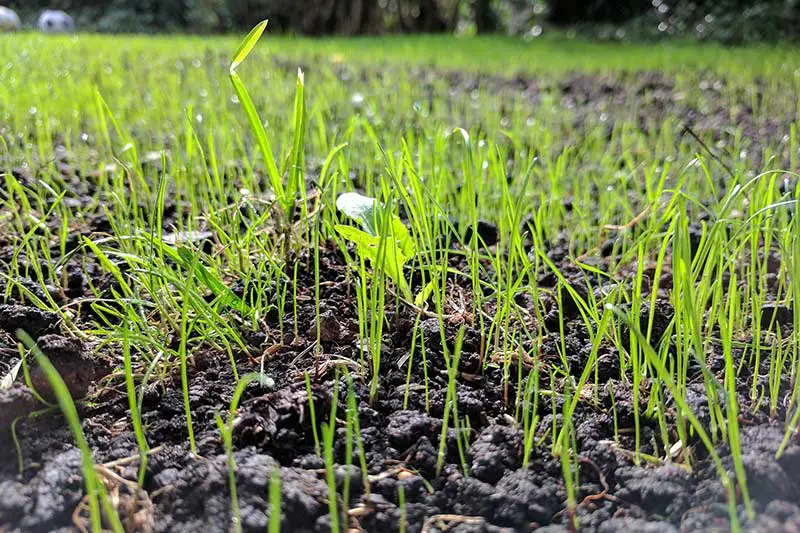
How to Plant Grass Seed in Ohio
We have outlined the basic steps that go into planting grass seed in Ohio below.
1. Prepare Soil for Seeding
Before planting your seed, it’s best practice to prepare the soil for the seeding process. Carrying out the prep work will ensure you’re planting your new grass into the best growing conditions possible.
Preparing soil for seeding involves a few different activities, all with the goal of making the planting area ideal for grass seed growth. One of the most important activities is to aerate the soil; while you can seed or overseed without aerating, this is best practice to maximize the success of your new grass. Soil aeration will reduce compaction, improve seed-to-soil contact, and enhances the overall effectiveness of fertilizer and irrigation.
After aerating, you should then add any necessary amendments to improve the soil’s fertility and pH level. You can find out what amendments your planting area would benefit from by first testing the soil. The results of this test will indicate whether you need to add sulfur or lime to raise or lower the soil pH; it will also reveal if the soil is lacking any nutrients, enabling you to choose the best fertilizer ratio. Regardless of the soil’s current nutritional content, you should add a starter fertilizer at this stage.
2. Plant Grass Seed
Once you’ve prepped your soil, you can then plant your chosen grass seed. Application rates vary between different seed varieties and blends. Because of this, you will need to find out the recommended seeding rate for your particular variety.
Although you can scatter grass seed by hand, this is not an ideal method of seeding, especially if you’re growing an entirely new lawn. You should instead use a drop spreader or broadcast spreader to sow your grass seed. Drop spreaders are better suited for overseeding, while broadcast spreaders are best for seeding larger areas. Set the settings on your spreader according to the seeding rate for your chosen blend.
3. Add a Grass Seed Cover
When your seed is in the ground, the final step in the process is to cover the planting area with an organic mulch. This step isn’t absolutely necessary as it is possible for grass seed to grow uncovered. With that said, you’ll see much better results from your seeding efforts by adding a grass covering.
Some of the natural materials you can use to cover grass seed include straw, grass clippings, peat moss, and compost. Out of your options, the best grass seed cover is compost; a layer of compost will help the soil to retain moisture while protecting the seed from drying out, being blown or washed away, or eaten by birds.
4. Water New Grass
Finally, you should water the planting area to trigger the germination of your grass seed straight away. From this point onward, you’ll need to keep up with a watering schedule for new grass; this involves watering 2 to 3 times per day for the first few weeks to keep the planting area consistently moist.

